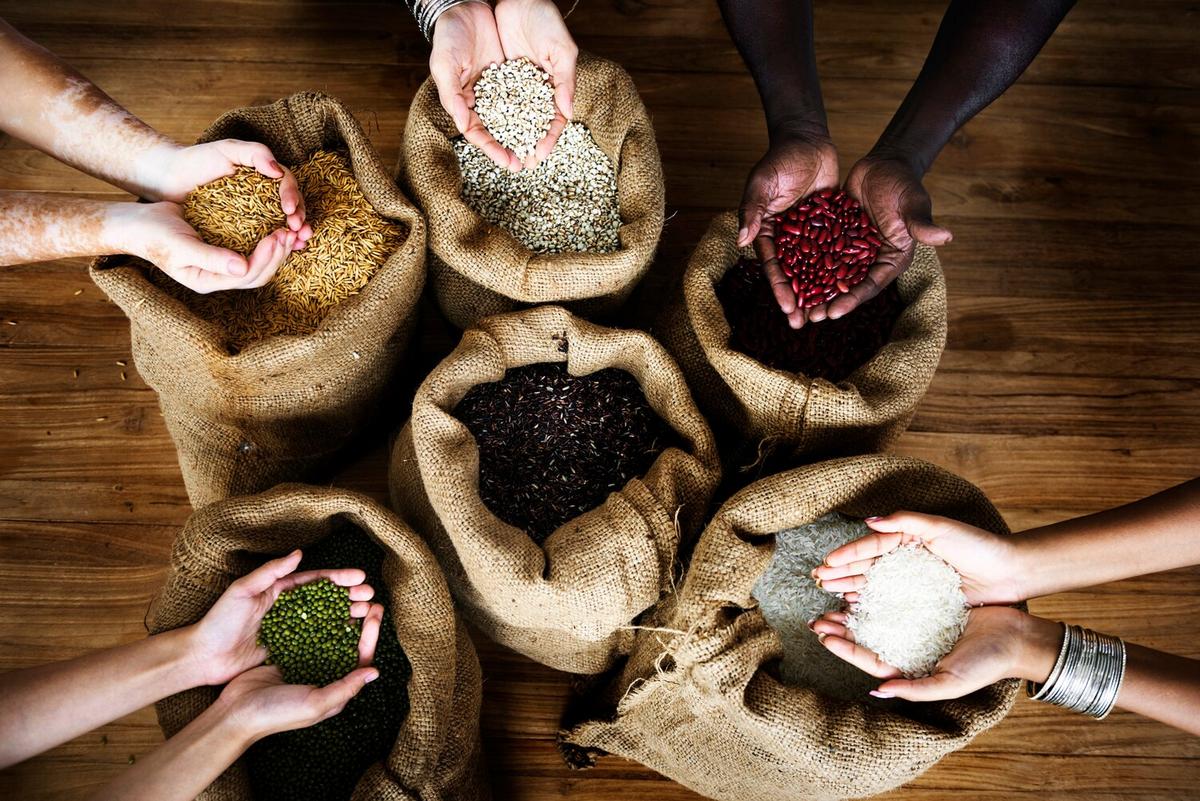Exploring the rich tapestry of ancient grains can transform your meals into a culinary adventure, offering not only diverse textures and flavors but also a wealth of nutritional benefits.
Understanding Ancient Grains
Ancient grains, such as quinoa, amaranth, and farro, have been cultivated for thousands of years. Unlike modern refined grains, these grains remain largely unchanged, preserving their nutritional profiles. According to experts, these grains are often higher in protein, fiber, and essential vitamins and minerals compared to their more processed counterparts.
Health Benefits
Incorporating ancient grains into your diet can provide numerous health benefits. A study published in the Journal of Nutrition found that diets rich in whole grains may help reduce the risk of chronic diseases such as heart disease and type 2 diabetes. Additionally, their high fiber content can promote digestive health and aid in weight management.
Types of Ancient Grains
| Grain | Origin | Nutritional Highlight |
|---|---|---|
| Quinoa | Andes, South America | Complete protein source |
| Amaranth | Central America | High in iron and magnesium |
| Farro | Mediterranean | Rich in fiber |
| Millet | Africa and Asia | High in magnesium |
| Teff | Ethiopia | Rich in calcium |
| Sorghum | Africa | Gluten-free |
| Spelt | Europe | High in protein |
| Kamut | Middle East | High in zinc |
Incorporating Ancient Grains into Meals
- Breakfast Boost: Try quinoa porridge or amaranth pancakes to start your day with energy.
- Lunchtime Salads: Add farro or millet to salads for a hearty, nutritious base.
- Dinner Delights: Use teff or sorghum as a side dish or in grain bowls for a satisfying meal.
Personal Experience
Incorporating these grains has been a game changer in my meal planning. For instance, switching white rice with quinoa in my stir-fry not only enhanced the flavor but also increased the protein content of the meal, keeping me fuller for longer.
FAQs
Can I use ancient grains in baking?
Yes, ancient grains like spelt and kamut can be used to make delicious breads and pastries.
Are ancient grains gluten-free?
Some ancient grains like quinoa and amaranth are gluten-free, but others like farro and spelt contain gluten.
Conclusion
Ancient grains offer a delightful and nutritious way to diversify your meals. By incorporating these grains into your daily diet, you can enjoy their distinct flavors and health benefits. Start experimenting with these grains today and discover the culinary possibilities they bring to your table.




Leave a Reply